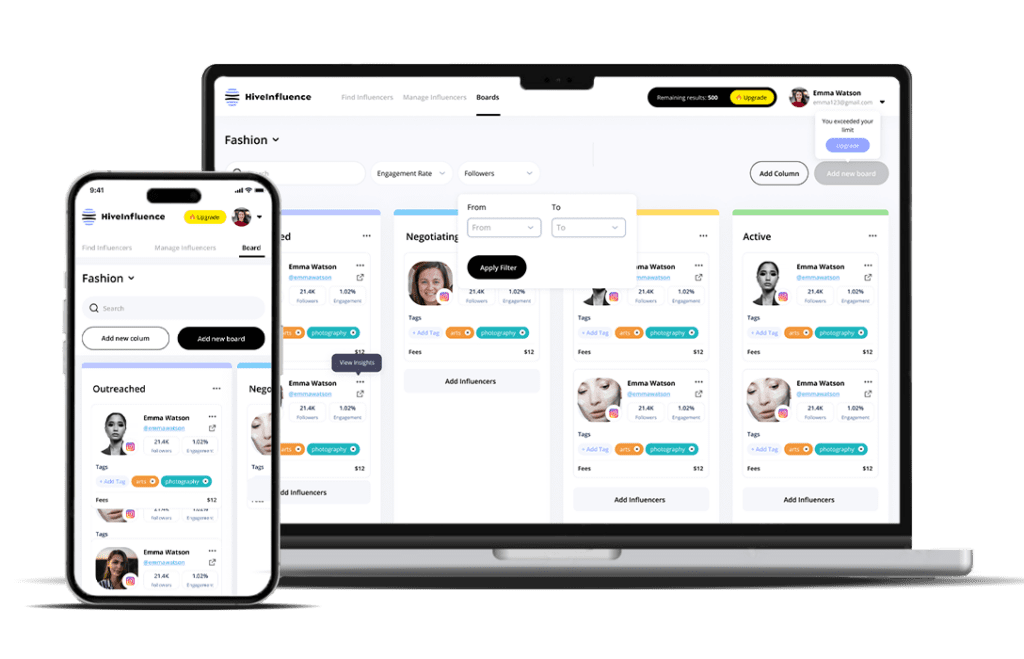Chatbots continue to transform customer engagement, acting as the first point of interaction for countless users across industries. With advancements in artificial intelligence, these digital assistants are more efficient, personalized, and capable of delivering seamless experiences for users. This updated guide will walk you through the essentials of building a chatbot, covering the latest technologies, trends, and techniques to ensure that building a chatbot not only functions but also adds tangible value to your business.

Why Building a Chatbot is Essential in 2024 and beyond
Market Potential
The chatbot application development industry is experiencing significant growth, with projections indicating a market size of USD 7.01 billion in 2024, expected to reach USD 20.81 billion by 2029, growing at a CAGR of 24.32% during the forecast period, according to Mordor Intelligence. Both enterprises and startups view chatbot development as a strategic investment for streamlining operations and enhancing customer experiences.
Data Collection
Chatbots gather important customer data, allowing businesses to understand user behavior, preferences, and areas of concern. This data is invaluable for refining marketing strategies, optimizing product offerings, and enhancing customer interactions.
24/7 Availability
Chatbots operate around the clock, providing constant accessibility for customers, which is particularly valuable in global markets where businesses need to offer 24/7 support. This feature is especially useful for e-commerce, healthcare, and finance industries, where immediate responses can increase satisfaction and engagement.
Operational Efficiency
Beyond customer-facing applications, chatbots streamline internal workflows by automating repetitive tasks like scheduling, HR inquiries, and initial screenings. For example, a manufacturing chatbot development can track inventory, check order statuses, or retrieve production schedules.
How Chatbots Work
A well-designed chatbot architecture diagram illustrates the complex components of a chatbot. Understanding these essential parts will provide insight into how to build a chatbot effectively.
Pattern Recognition
This process involves recognizing user input patterns and providing appropriate responses. For simple tasks, bots may use a rule-based system, but AI-powered bots use machine learning models that learn from user interactions, enabling a more flexible and natural response pattern.
Natural Language Processing
NLP is a core component in AI chatbot development. It allows the bot to interpret and process human language, converting it into structured data. NLP-based chatbot NLP architecture can understand synonyms, grammar, and even misspelled words, allowing for a more intuitive conversation with users.
Sentiment Analysis
Sentiment analysis enables the chatbot to interpret the emotional tone behind messages. For instance, if the user’s message is marked as “frustrated” or “urgent,” the bot may escalate the issue to a human representative for faster resolution.
Knowledge Base
A knowledge base serves as the brain of the chatbot, storing all FAQs, product information, company policies, and other resources that users may need. When users ask questions, the chatbot retrieves relevant information from this repository, providing instant answers to customer inquiries.
Data Storage
Modern chatbots need a data storage component that logs user interactions. These logs are essential for training the bot, improving responses, and gaining insights into user behavior over time.
Human Handoff
A chatbot development methodology should include a human handoff for unresolved queries, offering users immediate support. Combining automation with human intervention boosts satisfaction and efficiency, as the bot handles routine inquiries, and complex issues escalate to human agents seamlessly within the chatbot architecture.
Customizable Interface
A customizable interface lets businesses align the bot’s look, language, and tone with their brand. Customization strengthens brand consistency and user trust, making developing a chatbot more engaging by tailoring avatars, color schemes, and message styles to the brand’s identity, enhancing the chatbot development process.
Each of these features contributes to a well-rounded chatbot architecture that meets modern demands for usability, adaptability, and security. By incorporating cross-platform functionality, analytics, payment integration, human handoff, and customization into the architecture diagram for chatbot, businesses can build bots that are not only functional but also enhance user experience and brand value. Together, these features form the foundation of a high-quality end-to-end chatbot solution that supports users’ needs while achieving business objectives.
Emerging Trends in AI Chatbot Development
The evolution of AI chatbot development is continuously reshaped by technological advancements, with new trends redefining how chatbots are used and deployed across industries. Here are three major trends driving chatbot software development in 2024 and beyond.
GPT-4 and Advanced AI Models
Language models like GPT-4 are raising the bar for conversational intelligence, enabling chatbots to engage in more human-like interactions. GPT-4 excels in natural language processing by understanding context and delivering sophisticated responses, which benefits industries like customer service and healthcare.
With the ability to understand idioms, sarcasm, and complex language, GPT-4 enhances AI chatbot architecture, providing responses that feel human and meet users' needs in real-time.
Voice-Driven Bots
- Voice-activated technology has fueled growth in voice-driven chatbot app development, allowing hands-free, natural interactions through devices like Alexa and Siri. This approach makes chatbots more accessible and user-friendly.
- Voice-driven chatbots cater to users who prefer hands-free interaction, benefiting those with disabilities and users who need convenience, such as drivers or multitaskers.
- By integrating with IoT devices, voice-driven bots allow users to control smart home settings or check appointments via voice commands, expanding the chatbot development process into smart home and wearable tech.
Future-Ready Chatbot Architecture
- As we progress into 2025, building a chatbot has evolved from a straightforward automation task into a complex process that combines advanced AI, multi-platform adaptability, and user-centered design.
- With advancements in AI chatbot development, businesses can now create bots that are not only responsive but context-aware, capable of handling intricate user interactions across industries like healthcare, finance, and retail.
- This guide outlines each phase of the chatbot development life cycle - from choosing the right tech stack to designing a robust chatbot architecture.
- By following these steps, companies can deploy chatbots that deliver not only functionality but also substantial value by improving customer engagement and operational efficiency.










